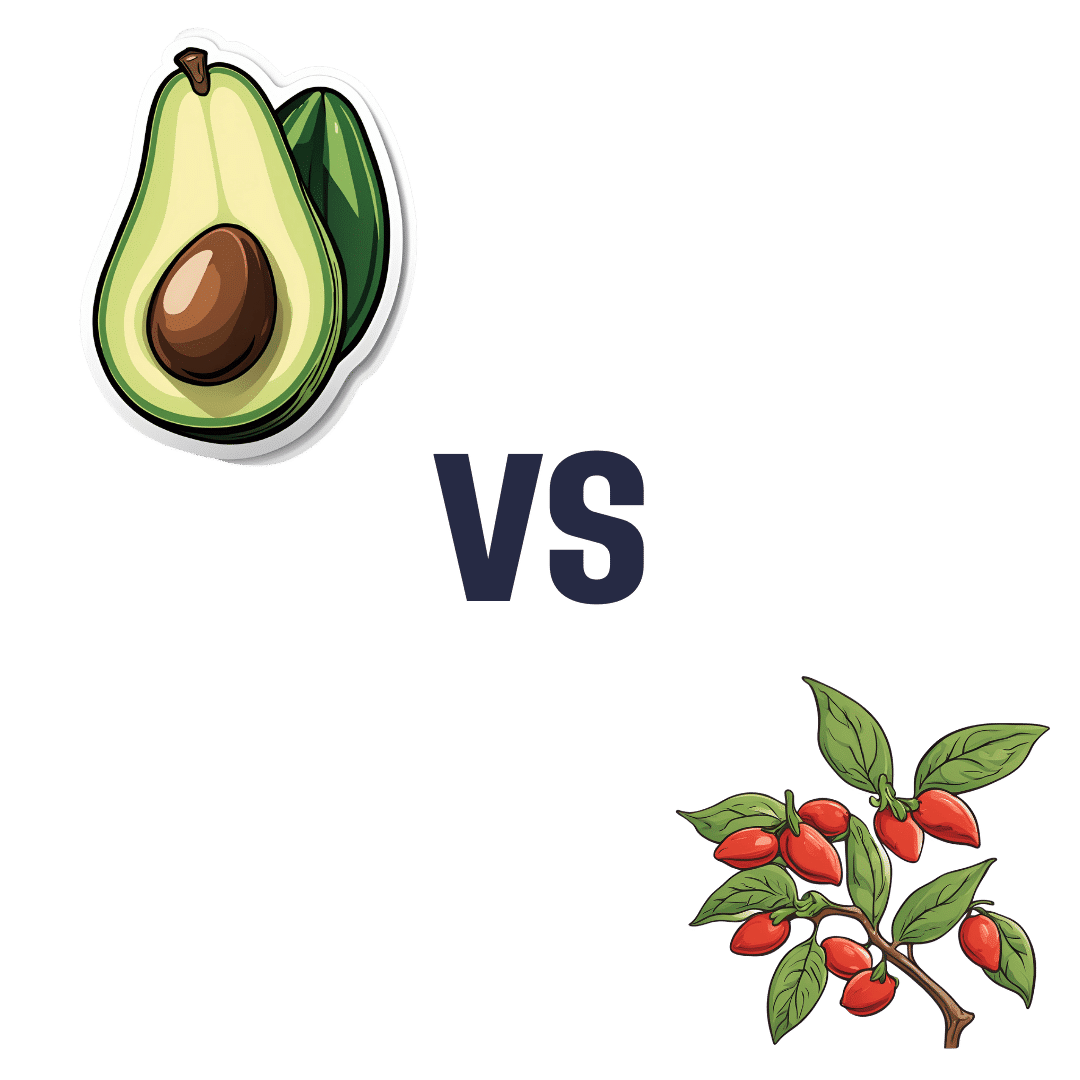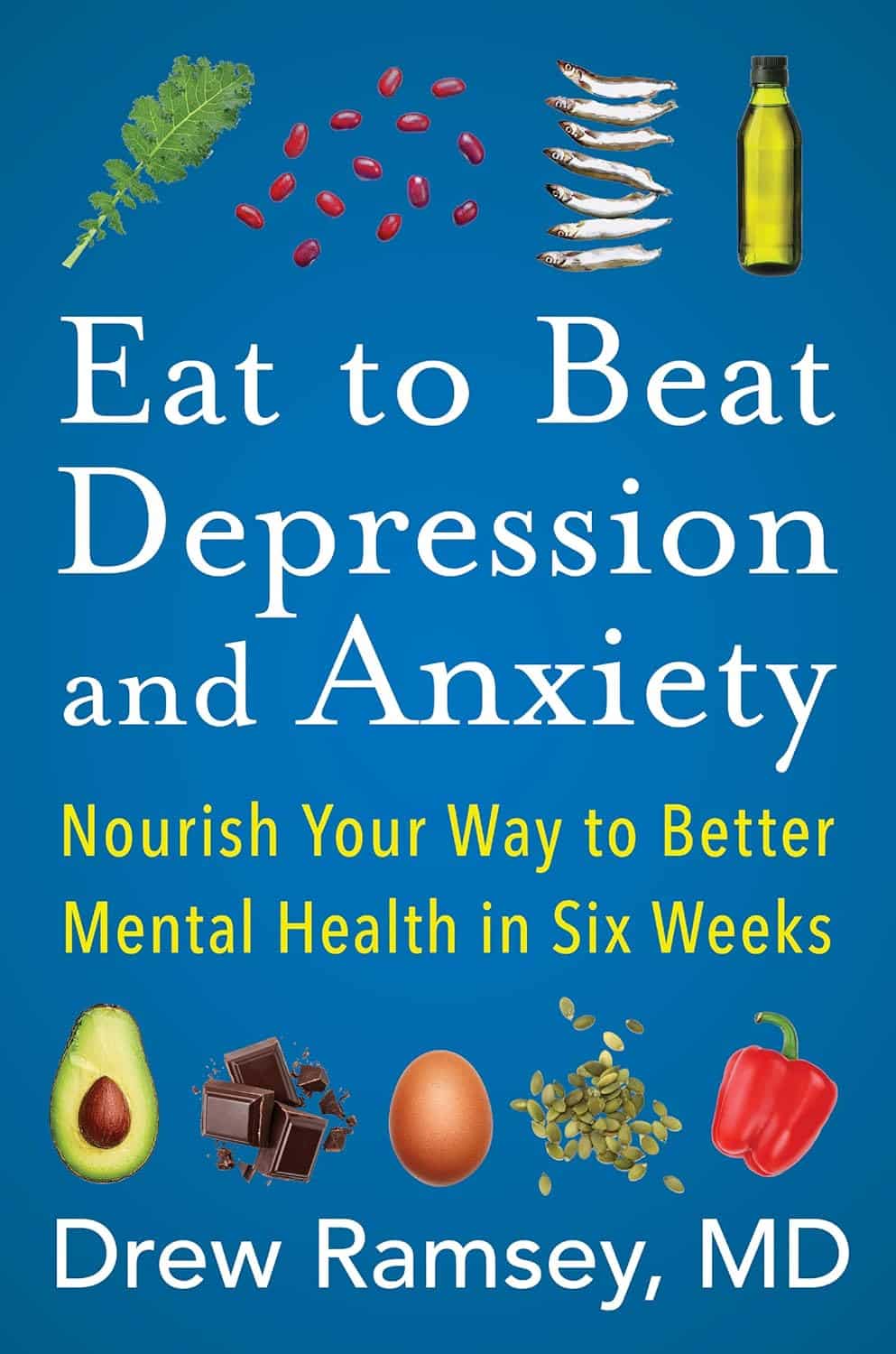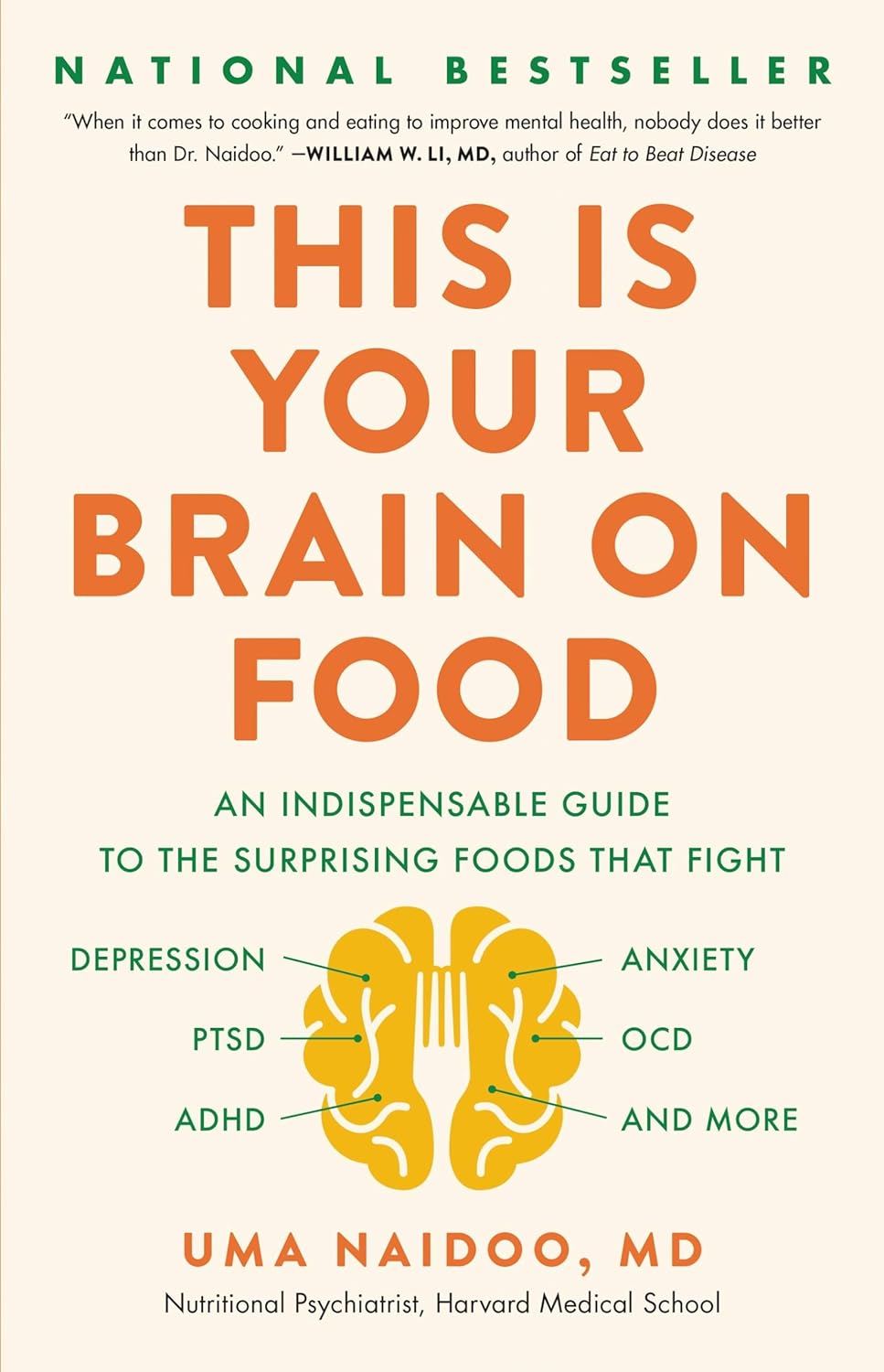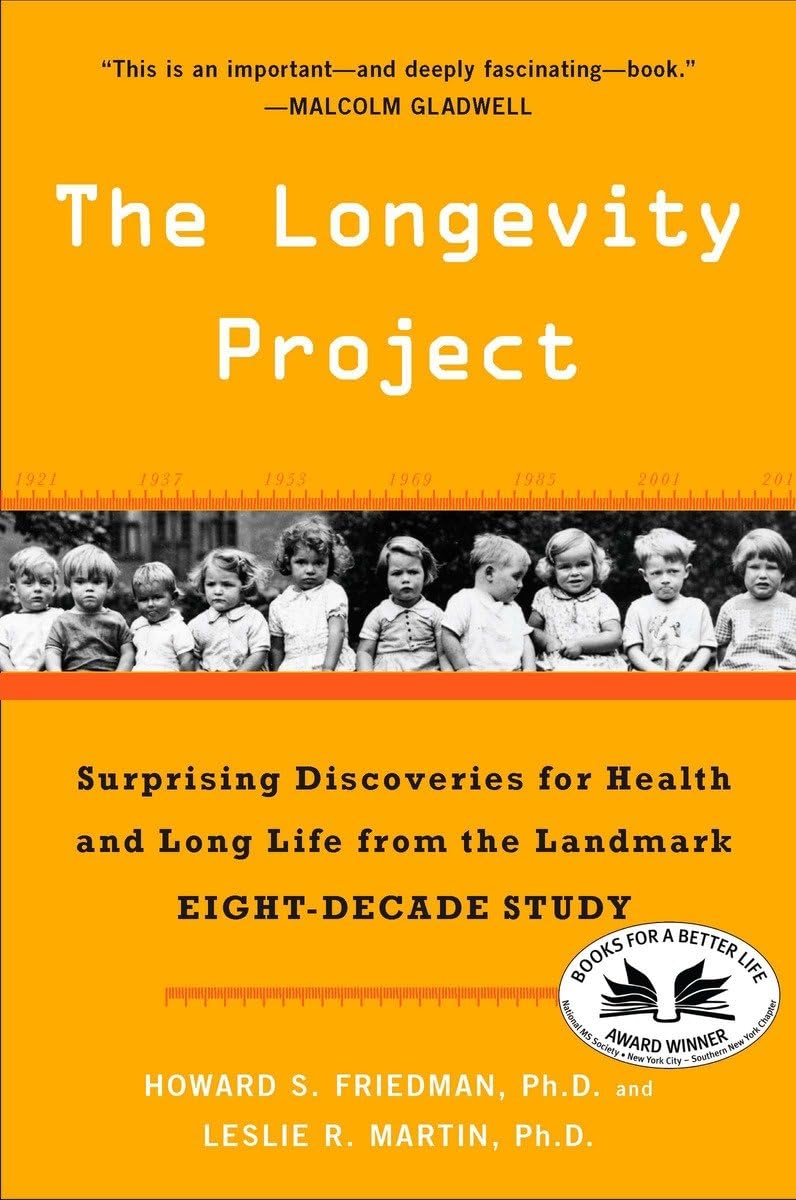
Peripheral Neuropathy: How To Avoid It, Manage It, Treat It
10almonds is reader-supported. We may, at no cost to you, receive a portion of sales if you purchase a product through a link in this article.
Peripheral neuropathy (and what can be done about it)
Peripheral neuropathy is nerve damage, usually of the extremities. It can be caused by such things as:
- Diabetes
- Alcoholism
- Infection
- Injury
The manifestations can be different:
- In the case of diabetes, it’s also called diabetic neuropathy, and almost always affects the feet first.
- In the case of alcoholism, it is more generalized, but tends towards affecting the extremities first.
- In the case of infection, a lot depends on the nature of the infection and the body’s response.
- In the case of injury, it’ll naturally be the injured part, or a little “downstream” of the injured part.
- This could be the case of a single traumatic injury (e.g. hand got trapped in a slammed door)
This could be the case of a repetitive injury (carpal tunnel syndrome is a kind of peripheral neuropathy, and is usually caused by consistent misalignment of the carpal tunnel, the aperture through which a bundle of nerves make their way from the forearm to the hand)
Prevention is better than cure
If you already have peripheral neuropathy, don’t worry, we’ll get to that. But, if you can, prevention is better than cure. This means:
- Diabetes: if you can, avoid. This may seem like no-brainer advice, but it’s often something people don’t think about until hitting a pre-diabetic stage. Obviously, if you are Type 1 Diabetic, you don’t have this luxury. But in any case, whatever your current status, take care of your blood sugars as best you can, so that your blood can take care of you (and your nerves) in turn. You might want to check out our previous main feature about this:
- Alcoholism: obviously avoid, if you can. You might like this previous edition of 10almonds addressing this:
- Infection: this is so varied that one-liner advice is really just “try to look after your immune health”.
- We’ll do a main feature on this soon!
- Injury: obviously, try to be careful. But that goes for the more insidious version too! For example, if you spend a lot of time at your computer, consider an ergonomic mouse and keyboard.
- There are many kinds available, so read reviews, but here’s an example product on Amazon
Writer’s note: as you might guess, I spend a lot of time at my computer, and a lot of that time, writing. I additionally spend a lot of time reading. I also have assorted old injuries from my more exciting life long ago. Because of this, it’s been an investment in my health to have:
A standing desk
A vertical ergonomic mouse
An ergonomic split keyboard
A Kindle*
*Far lighter and more ergonomic than paper books. Don’t get me wrong, I’m writing to you from a room that also contains about a thousand paper books and I dearly love those too, but more often than not, I read on my e-reader for comfort and ease.
If you already have peripheral neuropathy
Most advice popular on the Internet is just about pain management, but what if we want to treat the cause rather than the symptom?
Let’s look at the things commonly suggested: try ice, try heat, try acupuncture, try spicy rubs (from brand names like Tiger Balm, to home-made chilli ointments), try meditation, try a warm bath, try massage.
And, all of these are good options; do you see what they have in common?
It’s about blood flow. And that’s why they can help even in the case of peripheral neuropathy that’s not painful (it can also manifest as numbness, and/or tingling sensations).
By getting the blood flowing nicely through the affected body part, the blood can nourish the nerves and help them function correctly. This is, in effect, the opposite of what the causes of peripheral neuropathy do.
But also don’t forget: rest
- Put your feet up (literally! But we’re talking horizontal here, not elevated past the height of your heart)
- Rest that weary wrist that has carpal tunnel syndrome (again, resting it flat, so your hand position is aligned with your forearm, so the nerves between are not kinked)
- Use a brace if necessary to help the affected part stay aligned correctly
- You can get made-for-purpose wrist and ankle braces—you can also get versions that are made for administering hot/cold therapy, too. That’s just an example product linked that we can recommend; by all means read reviews and choose for yourself, though. Try them and see what helps.
One more top tip
We did a feature not long back on lion’s mane mushroom, and it’s single most well-established, well-researched, well-evidenced, completely uncontested benefit is that it aids peripheral neurogenesis, that is to say, the regrowth and healing of the peripheral nervous system.
So you might want to check that out:
Don’t Forget…
Did you arrive here from our newsletter? Don’t forget to return to the email to continue learning!
Recommended
Learn to Age Gracefully
Join the 98k+ American women taking control of their health & aging with our 100% free (and fun!) daily emails:
-
Avocado vs Goji Berries – Which is Healthier?
10almonds is reader-supported. We may, at no cost to you, receive a portion of sales if you purchase a product through a link in this article.
Our Verdict
When comparing avocado to goji berries, we picked the avocado.
Why?
It takes a special non-dried food to beat a dried food for nutritional density, but avocado manages it!
In terms of macros, avocados have more (famously health) fat; mostly monounsaturated with some polyunsaturated and a little bit of saturated, with some omega-3 and omega-6, in a healthy ratio. Meanwhile, goji berries have more fiber, carbs, and protein. As for glycemic indices, avocados are low GI (40), but goji berries are zero-GI, or, functionally, a negative glycemic index as (notwithstanding their sugar content!) they have an overall lowering effect on blood sugars. In short, both of these fruits have very different things to offer in the macros category, so we’re declaring this round a tie.
In the category of vitamins, avocados have more of vitamins A, B1, B2, B3, B5, B6, B7, B9, E, K, and choline, while goji berries have more vitamin C. A clear win for avocados!
When it comes to minerals, avocados have more copper, magnesium, manganese, phosphorus, potassium, selenium, and zinc, while goji berries have more calcium and iron. Another win for avocados!
In short, enjoy either or both (diversity is good), but for overall nutritional density, avocados win this superfood showdown today.
Want to learn more?
You might like to read:
What’s Your Plant Diversity Score?
Enjoy!
Share This Post
-
10 Simple Japanese Habits For Healthier & Longer Life
10almonds is reader-supported. We may, at no cost to you, receive a portion of sales if you purchase a product through a link in this article.
You don’t have to be Japanese or live in Okinawa to enjoy the benefits of healthy longevity. A lot of it comes down to simple habits:
Easy to implement
We’ll not keep the 10 habits a mystery; they are:
- Start the day with hot water: drinking hot water in the morning helps with hydration, warming the body, and aiding digestion.
- Enjoy a hearty breakfast: Japanese breakfasts are traditionally filling, nutritious, and help promote energy and longevity. Typical components include rice, miso soup, fish, and pickles.
- Take balanced meals: Japanese education emphasizes nutrition from a young age, promoting balanced meals with proteins, fiber, and vitamins & minerals.
- Enjoy fermented foods: fermented foods, such as nattō and soy-based condiments, support digestion, heart health, and the immune system.
- Drink green tea and matcha: both are rich in health benefits; preparing matcha mindfully adds a peaceful ritual to daily life too.
- Keep the “80% full” rule: “hara hachi bu” encourages eating until 80% full, which can improve longevity and, of course, prevent overeating.
- Use multiple small dishes: small servings and a variety of dishes help prevent overeating and ensure a diverse intake of nutrients.
- Gratitude before and after meals: saying “itadakimasu” and “gochisousama” promotes mindful eating, and afterwards, good digestion. Speaking Japanese is of course not the key factor here, but rather, do give yourself a moment of reflection before and after meals.
- Use vinegar in cooking: vinegar, often used in sushi rice and sauces like ponzu, adds flavor and offers health benefits, mostly pertaining to blood sugar balance.
- Eat slowly: Eating at a slower pace will improve digestion, and can enhance satiety and prevent accidentally overeating.
For more on all of these, enjoy:
Click Here If The Embedded Video Doesn’t Load Automatically!
Want to learn more?
You might also like to read:
How To Get More Out Of What’s On Your Plate
Take care!
Share This Post
-
Eat to Beat Depression and Anxiety – by Dr. Drew Ramsey
10almonds is reader-supported. We may, at no cost to you, receive a portion of sales if you purchase a product through a link in this article.
Most of us could use a little mood boost sometimes, and some of us could definitely stand to have our baseline neurochemistry elevated a bit. We’ve probably Googled “foods to increase dopamine”, and similar phrases. So, why is this a book, and not just an article saying to eat cashews and dark chocolate?
Dr. Drew Ramsey takes a holistic approach to health. By this we mean that to have good health, the whole body and mind must be kept healthy. Let a part slip, and the others will soon follow. Improve a part, and the others will soon follow, too.
Of course, there is only so much that diet can do. Jut as no diet will replace a Type 1 Diabetic’s pancreas with a working one, no diet will treat the causes of some kinds of depression and anxiety.
For this reason, Dr. Ramsey, himself a psychiatrist (and a farmer!) recommends a combination of talking therapy and diet, with medications as a “third leg” to be included when necessary. The goal, for him, is to reduce dependence on medications, while still recognizing when they can be useful or even necessary.
As for the practical, actionable advices in the book, he does (unsurprisingly) recommend a Mediterranean diet. Heavy on the greens and beans, plenty of colorful fruit and veg, small amounts of fish and seafood, even smaller amounts of grass-fed beef and fermented dairy. He also discusses a bunch of “superfoods” he particularly recommends.
Nor does he just hand-wave the process; he talks about the science of how and why each of these things helps.
And in practical terms, he even devotes some time to helping the reader get our kitchen set up, if we’re not already ready-to-go in that department. He also caters to any “can’t cook / won’t cook” readers and how to work around that too.
Bottom line: if you’d like to get rewiring your brain (leveraging neuroplasticity is a key component of the book), this will get you on track. A particular strength is how the author “thinks of everything” in terms of common problems that people (especially: depressed and anxious people!) might have in implementing his advices.
Share This Post
Related Posts
-
This Is Your Brain on Food – by Dr. Uma Naidoo
10almonds is reader-supported. We may, at no cost to you, receive a portion of sales if you purchase a product through a link in this article.
“Diet will fix your brain” is a bold claim that often comes from wishful thinking and an optimistic place where anecdote is louder than evidence. But, diet does incontrovertibly also affect brain health. So, what does Dr. Naidoo bring to the table?
The author is a Harvard-trained psychiatrist, a professional chef who graduated with her culinary school’s most coveted award, and a trained-and-certified nutritionist. Between those three qualifications, it’s safe to she knows her stuff when it comes to the niche that is nutritional psychiatry. And it shows.
She takes us through the neurochemistry involved, what chemicals are consumed, made, affected, inhibited, upregulated, etc, what passes through the blood-brain barrier and what doesn’t, what part the gut really plays in its “second brain” role, and how we can leverage that—as well as mythbusting a lot of popular misconceptions about certain foods and moods.
There’s hard science in here, but presented in quite a pop-science way, making for a very light yet informative read.
Bottom line: if you’d like to better understand what your food is doing to your brain (and what it could be doing instead), then this is a top-tier book for you!
Click here to check out This Is Your Brain On Food, and get to know yours!
Don’t Forget…
Did you arrive here from our newsletter? Don’t forget to return to the email to continue learning!
Learn to Age Gracefully
Join the 98k+ American women taking control of their health & aging with our 100% free (and fun!) daily emails:
-
The Longevity Project – by Dr. Howard Friedman & Dr. Leslie Martin
10almonds is reader-supported. We may, at no cost to you, receive a portion of sales if you purchase a product through a link in this article.
Most books on the topic of longevity focus on such things as diet and exercise, and indeed, those are of course important things. But what of psychological and sociological factors?
Dr. Friedman and Dr. Martin look at a landmark longitudinal study, following a large group of subjects from childhood into old age. Looking at many lifestyle factors and life events, they crunched the numbers to see what things really made the biggest impact on healthy longevity.
A strength of the book is that this study had a huge amount of data—a limitation of the book is that it often avoids giving that concrete data, preferring to say “many”, “a majority”, “a large minority”, “some”, and so forth.
However, the conclusions from the data seem clear, and include many observations such as:
- conscientiousness is a characteristic that not only promotes healthy long life, but also can be acquired as time goes by (some “carefree” children became “conscientious” adults)
- resilience is a characteristic that promotes healthy long life—but tends to only be “unlocked” by adversity
- men tend to live longer if married—women, not so much
- religion and spirituality are not big factors in healthy longevity—but social connections (that may or may not come with such) do make a big difference
Bottom line: if you’d like to know which of your decisions are affecting your healthy longevity (beyond the obvious diet, exercise, etc), this is a great book for collating that information and presenting, in essence, a guideline for a long healthy life.
Click here to check out The Longevity Project and see how it applies to your life!
Don’t Forget…
Did you arrive here from our newsletter? Don’t forget to return to the email to continue learning!
Learn to Age Gracefully
Join the 98k+ American women taking control of their health & aging with our 100% free (and fun!) daily emails:
-
Dogs Paired With Providers at Hospitals Help Ease Staff and Patient Stress
10almonds is reader-supported. We may, at no cost to you, receive a portion of sales if you purchase a product through a link in this article.
DENVER — Outside HCA HealthONE Rose medical center, the snow is flying. Inside, on the third floor, there’s a flurry of activity within the labor and delivery unit.
“There’s a lot of action up here. It can be very stressful at times,” said Kristina Fraser, an OB-GYN in blue scrubs.
Nurses wheel a very pregnant mom past.
“We’re going to bring a baby into this world safely,” Fraser said, “and off we go.”
She said she feels ready in part due to a calming moment she had just a few minutes earlier with some canine colleagues.
A pair of dogs, tails wagging, had come by a nearby nursing station, causing about a dozen medical professionals to melt into a collective puddle of affection. A yellow Lab named Peppi showered Fraser in nuzzles and kisses. “I don’t know if a human baby smells as good as that puppy breath!” Fraser had said as her colleagues laughed.
The dogs aren’t visitors. They work here, too, specifically for the benefit of the staff. “I feel like that dog just walks on and everybody takes a big deep breath and gets down on the ground and has a few moments of just decompressing,” Fraser said. “It’s great. It’s amazing.”
Hospital staffers who work with the dogs say there is virtually no bite risk with the carefully trained Labradors, the preferred breed for this work.
The dogs are kept away from allergic patients and washed regularly to prevent germs from spreading, and people must wash their hands before and after petting them.
Doctors and nurses are facing a growing mental health crisis driven by their experiences at work. They and other health care colleagues face high rates of depression, anxiety, stress, suicidal ideation, and burnout. Nearly half of health workers reported often feeling burned out in 2022, an increase from 2018, according to the Centers for Disease Control and Prevention. And the percentage of health care workers who reported harassment at work more than doubled over that four-year period. Advocates for the presence of dogs in hospitals see the animals as one thing that can help.
That includes Peppi’s handler, Susan Ryan, an emergency medicine physician at Rose.
Ryan said years working as an emergency room doctor left her with symptoms of PTSD. “I just was messed up and I knew it,” said Ryan, who isolated more at home and didn’t want to engage with friends. “I shoved it all in. I think we all do.”
She said doctors and other providers can be good at hiding their struggles, because they have to compartmentalize. “How else can I go from a patient who had a cardiac arrest, deal with the family members telling them that, and go to a room where another person is mad that they’ve had to wait 45 minutes for their ear pain? And I have to flip that switch.”
To cope with her symptoms of post-traumatic stress disorder, Ryan started doing therapy with horses. But she couldn’t have a horse in her backyard, so she got a Labrador.
Ryan received training from a national service dog group called Canine Companions, becoming the first doctor trained by the group to have a facility dog in an emergency room. Canine Companions has graduated more than 8,000 service dogs.
The Rose medical center gave Ryan approval to bring a dog to work during her ER shifts. Ryan’s colleagues said they are delighted that a dog is part of their work life.
“When I have a bad day at work and I come to Rose and Peppi is here, my day’s going to be made better,” EMT Jasmine Richardson said. “And if I have a patient who’s having a tough day, Peppi just knows how to light up the room.”
Nursing supervisor Eric Vaillancourt agreed, calling Peppi “joyful.”
Ryan had another dog, Wynn, working with her during the height of the pandemic. She said she thinks Wynn made a huge difference. “It saved people,” she said. “We had new nurses that had never seen death before, and now they’re seeing a covid death. And we were worried sick we were dying.”
She said her hospital system has lost a couple of physicians to suicide in the past two years, which HCA confirmed to KFF Health News and NPR. Ryan hopes the canine connection can help with trauma. “Anything that brings you back to the present time helps ground you again. A dog can be that calming influence,” she said. “You can get down on the ground, pet them, and you just get calm.”
Ryan said research has shown the advantages. For example, one review of dozens of original studies on human-animal interactions found benefits for a variety of conditions including behavioral and mood issues and physical symptoms of stress.
Rose’s president and CEO, Casey Guber, became such a believer in the canine connection he got his own trained dog to bring to the hospital, a black Lab-retriever mix named Ralphie.
She wears a badge: Chief Dog Officer.
Guber said she’s a big morale booster. “Phenomenal,” he said. “It is not uncommon to see a surgeon coming down to our administration office and rolling on the ground with Ralphie, or one of our nurses taking Ralphie out for a walk in the park.”
This article is from a partnership that includes CPR News, NPR, and KFF Health News.
KFF Health News is a national newsroom that produces in-depth journalism about health issues and is one of the core operating programs at KFF—an independent source of health policy research, polling, and journalism. Learn more about KFF.
Subscribe to KFF Health News’ free Morning Briefing.
This article first appeared on KFF Health News and is republished here under a Creative Commons license.
Don’t Forget…
Did you arrive here from our newsletter? Don’t forget to return to the email to continue learning!
Learn to Age Gracefully
Join the 98k+ American women taking control of their health & aging with our 100% free (and fun!) daily emails:







